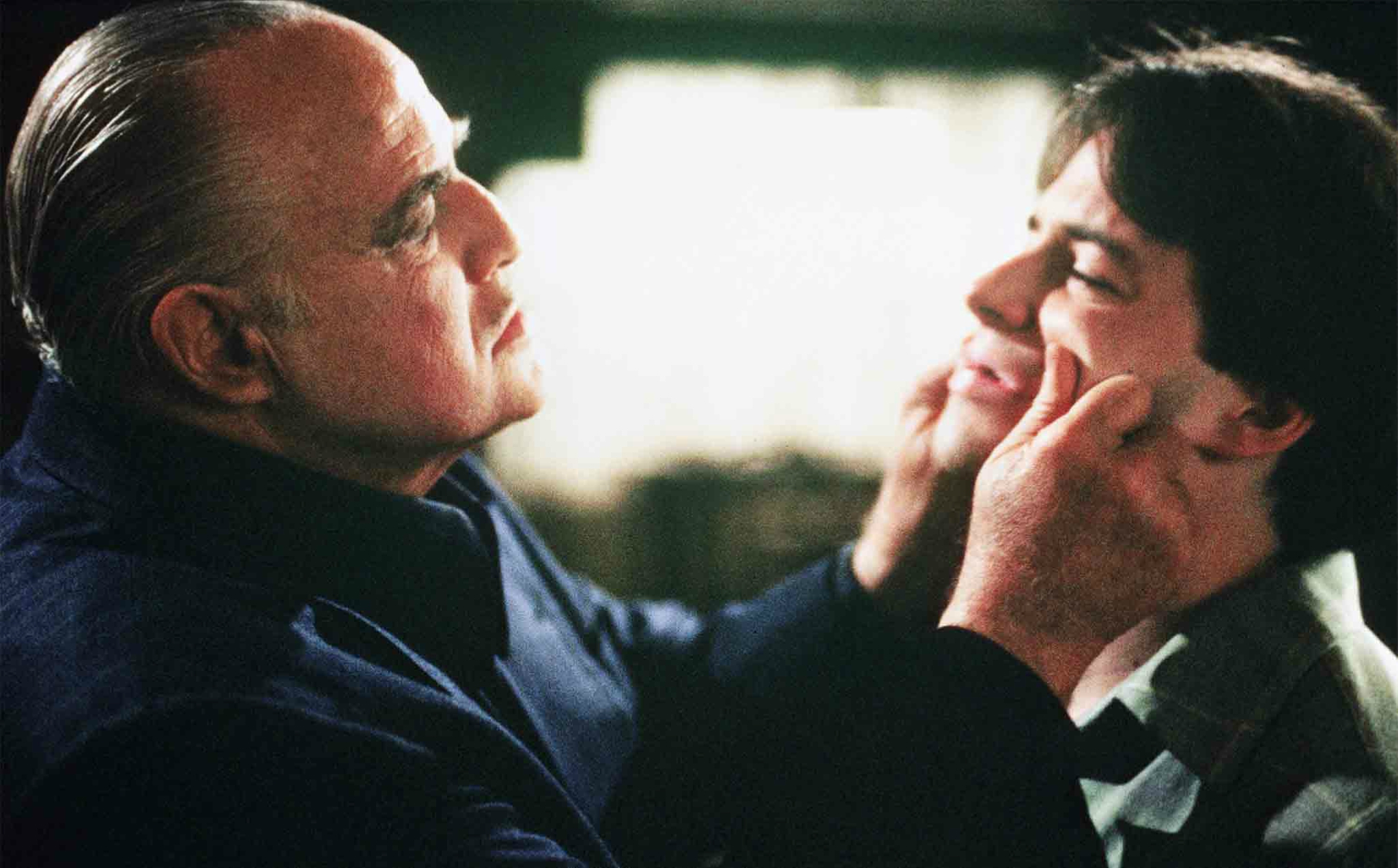Tired Of The Big City? Consider Telecommuting From Montana
Greg Gianforte is distributing a brochure urging workers to “come home to Montana” and telework from there. Marianne Wiest/BetterMontanaJobs.com hide caption
itoggle caption Marianne Wiest/BetterMontanaJobs.com
Most local economic development schemes focus on creating jobs. Many offer incentives to startup companies, or try to lure existing companies to re-locate.
But a campaign in Montana is turning that on its head. It’s not trying to recruit companies, but rather employees to come to the sparsely populated state, and telecommute.
David Blackburn works for a financial services firm in Jersey City, N.J. He and his wife both have six-figure incomes, but real estate in the New York City area is so expensive, that they have to live kind of far from their jobs.
“Every day I get up and put on a suit and get on a train, and it takes about an hour door to door, in the crush of people, in the hot, in the cold,” he says. “It wears on you a little bit.”
And, once he gets to the office, it’s not like he really even has to be there at all.
“Every day I’m working with people in multiple time zones, in multiple countries,” Blackburn says. “So, even though I’m physically in the office, I’m essentially telecommuting to where they are.”
Blackburn has considered asking if he could do his job from someplace less urban — someplace like Montana.
Greg Gianforte started a software company in Montana that created hundreds of high-paying jobs. But now he’s trying to entice thousands of people who already have good jobs to bring them to the state, and telecommute.
“Montana is perfect for telecommuting because of the quality of life, because our housing prices in most communities are below the national average,” he says.
Gianforte adds, “If a small, rural town in Montana had just five or 10 people move back home, that would be five or 10 homes that either had to be purchased or built, that creates construction jobs.”
He’s just sent 18,000 glossy brochures to the alums of two universities here, inviting them to “come home to Montana.”
“It’s five or 10 additional families that would enroll in the local schools, making the schools more vibrant. [It would be] five or 10 more families that are buying downtown.”
Gianforte’s brochures are a naked come-on to overstressed urbanites. There are pictures of mountain lakes and wildlife, and Gianforte holding a fat trout he just caught. It includes a guide to getting your boss to say yes to letting you work remotely. There’s even a list of telecommuting-friendly employers. Yahoo may have famously cracked down on working from home, but health insurance giant Anthem has fully a third of its employees working remotely. The company says that helps it attract top talent, and productivity hasn’t suffered.
That kind of corporate attitude is getting people excited in towns like Conrad, Mont., population 2,600.
Gianforte went there as part of a tour to pitch his campaign to local chambers of commerce. Vanessa Bucklin, an insurance broker, left with a big stack of Gianforte’s brochures.
“I just had a 20-year class reunion, and I’m going to mail them out with a handwritten note saying, we’d love to have you back in Conrad,” she says.
The “come home to Montana” tour isn’t being warmly received by everyone. Montana’s Democratic Party says it’s just a thinly veiled publicity stunt before Republican Gianforte announces his candidacy in the 2016 race for governor.
Gianforte says it’s not, but says he is considering a run for governor.
Regardless of the politics, stressed out New Jersey commuter David Blackburn says there’s more to pulling up stakes than just convincing his boss to let him do it.
“The other part of it is that my wife also works full time, and I think we have a hard time imagining running a two-career family fully telecommuting or fully remote,” he says.
And Blackburn says, there are things he’d miss about urban life, like arts and culture opportunities for himself and his kids.
This entry passed through the Full-Text RSS service – if this is your content and you’re reading it on someone else’s site, please read the FAQ at fivefilters.org/content-only/faq.php#publishers.







